哈纳斯湖自然保护区
Lake Kanas National Park Updated
Xinjiang 新疆 China

Click here for our original article and some updates on the magical Lake Kanas / Ha na si hu 哈纳斯湖.


Your blog to China
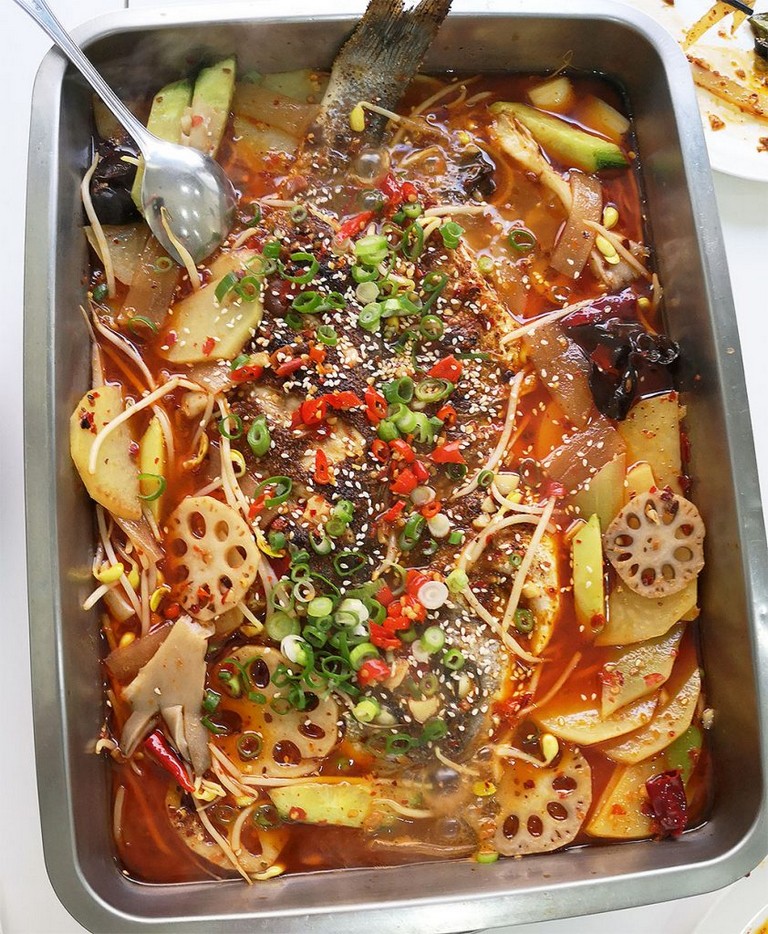
Authentic Sichuan Food in Madrid. Madrid is a fabulous city for eating out. For the adventurous, boundless opportunities for exciting dining exist all over the city. However, those who crave spicy food, and I mean really spicy food, are often disappointed by the dearth of options.
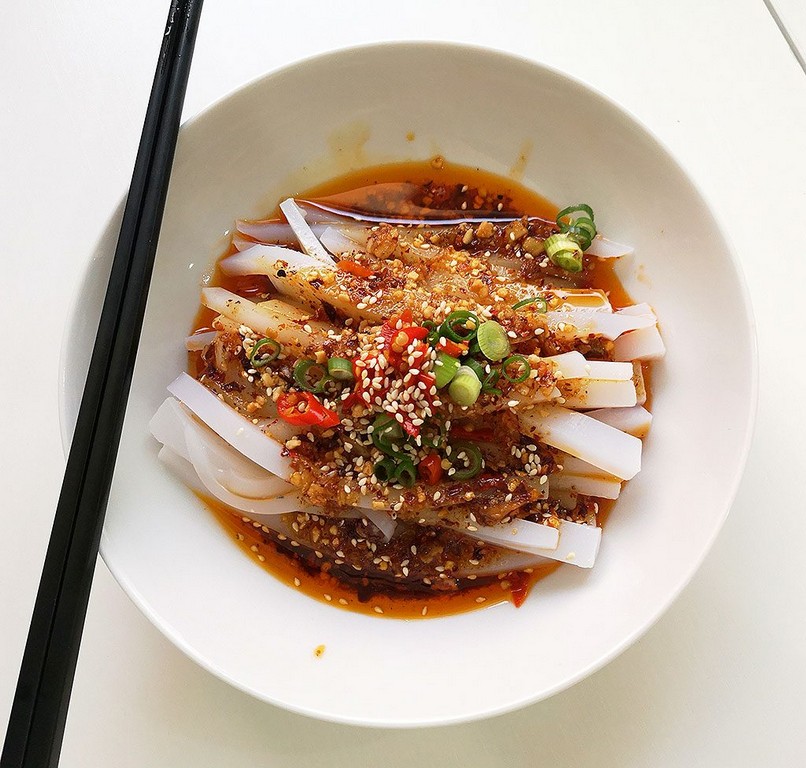
Some Peruvian restaurants make brave attempts to keep up their spicy tradition, but most succumb to the whims of their autochthonous diners by watering down the kick. Kitchen 154, a mecca for spicy food in the market of Vallehermoso, does a pretty good job. Cruel, there own chili brand, is pretty fiery .
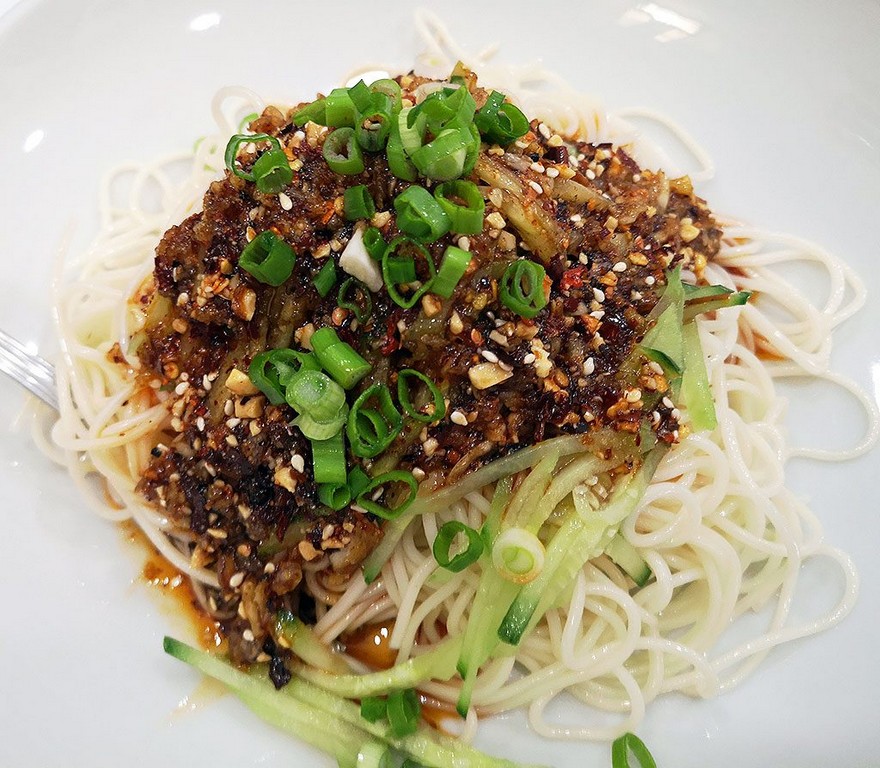
This after all is the country were the giant Tabasco Sauce company has almost given up the ghost. Sales in Spain are about its worst in Europe. Spanish tolerance of hot spice or chili is pretty low.
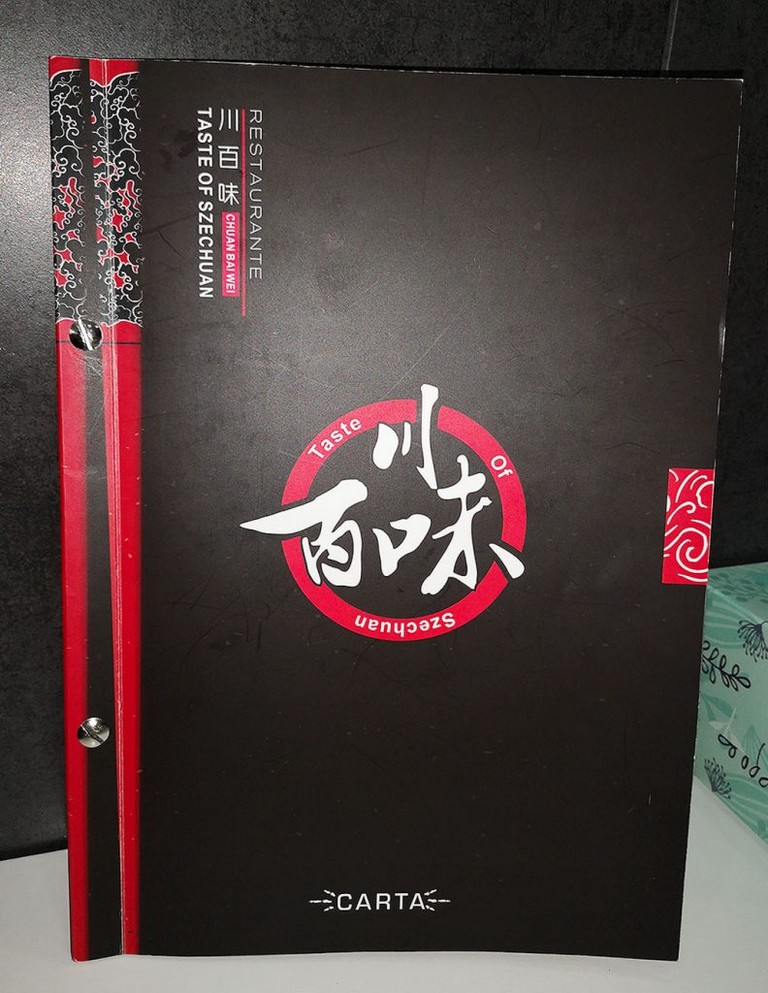
Thank heavens for Sabor Sichuan (Taste of Szechuan) 川辣香都 The Sichuan Capital of Fragrance and Spice . This small little restaurant in the barrio of Usera , south of the River Manzanares, and in the heart of Madrid’s China town is a godsend. It has recently changed owners and name, but the food is just as good as before.
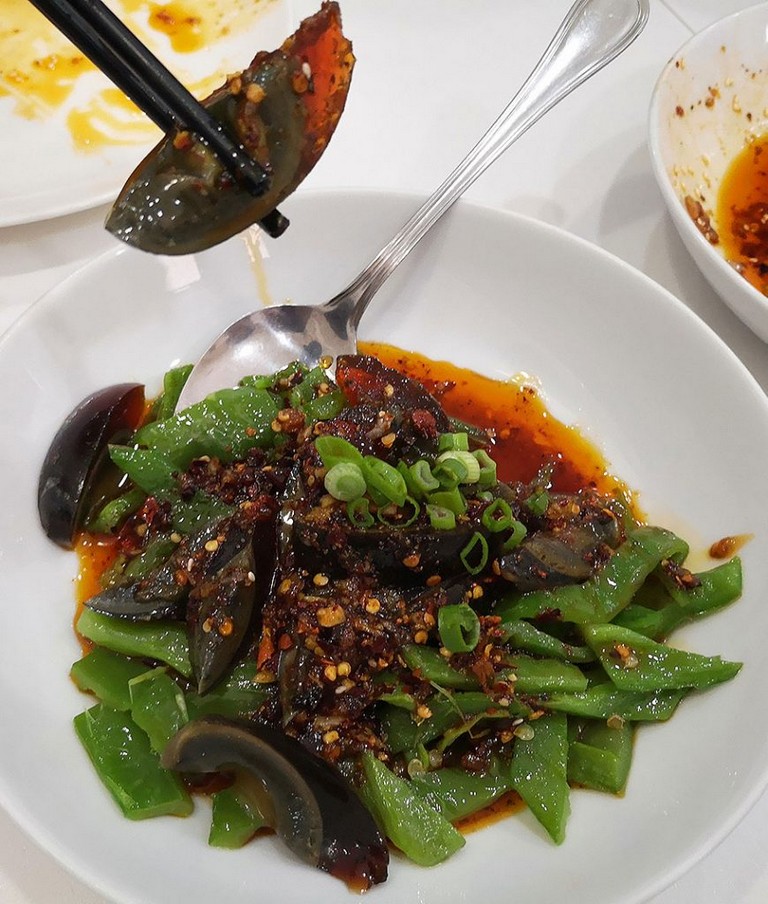
If you have ever been to Sichuan or Chongqing and continue to crave that lip burning and tongue numbing Mala 麻辣 spice then Sabor Sichuan is Continue reading “Authentic Sichuan Food in Madrid”

Wanzhou Kaoyu 万州烤鱼. A local specialty from Chongqing, China called Wanzhou Grilled Fish (Wanzhou Kaoyu 万州烤鱼 ) is now all the rage in many restaurants in Madrid’s Chinatown neighbourhood of Usera.

It is a grilled /roasted whole fish covered in a dry dressing of Sichuan peppercorns, dried chilies and and served in a big pan filled with a soup like sauce that is not to dissimilar to the stock used in Sichuan hot pots 火锅 (huoguo).
The dish originates from Wanzhou (formerly WanXiang) in Chongqing municipality: It’s now popular all over Mainland China.
The original way of making this dish is to first grill a freshwater fish (Carp 鲤鱼 is popular) over charcoal and then cover it with various condiments that you order from the menu.
Some of these condiments might include lotus roots, potatoes, bamboo shoots, glass noodles, edible fungus, and beansprouts.
In Madrid the fish is usually Sea Bass (Lubina in Spanish)鲈鱼.
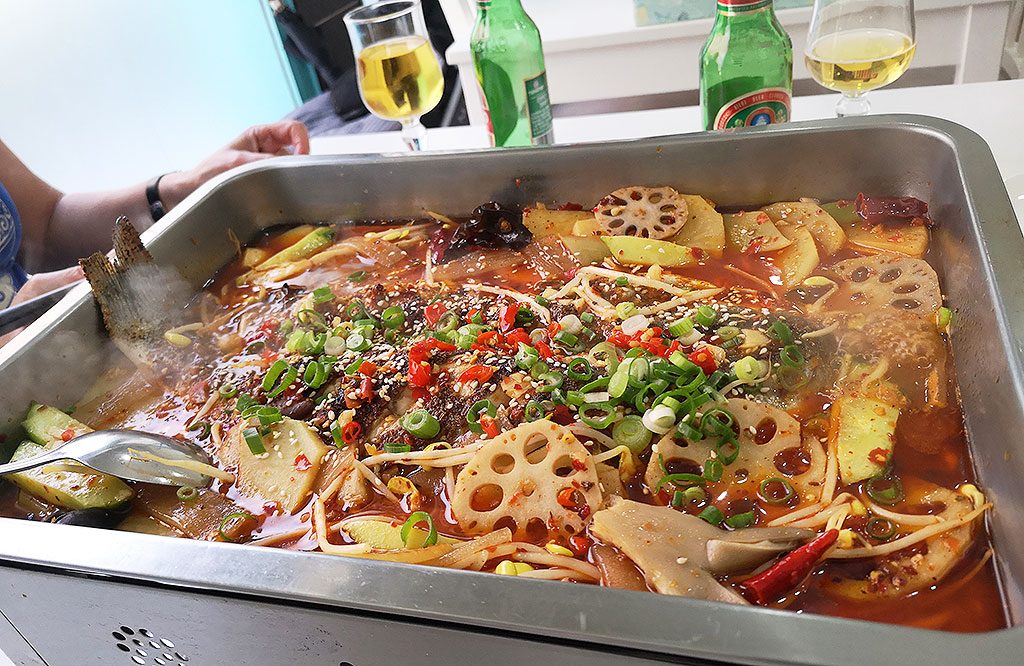
Wanzhou Kaoyu 万州烤鱼
THE IDIOM / CHENGYU 成语
Chicken feathers and garlic skin 鸡毛蒜皮 jī máo suàn pí: Sounds a bit a of a strange combination. However, if you think about both objects, they are two pretty unimportant things to get worked up about.
So the next time you are arguing in Chinese about unimportant and trivial matters and are wondering why the other person is making such a fuss; just tell them that the matter is nothing more than ‘chicken feathers and garlic skin’ Or 鸡毛蒜皮 jī máo suàn pí.
There is also a book called Chicken Feathers and Garlic Skin
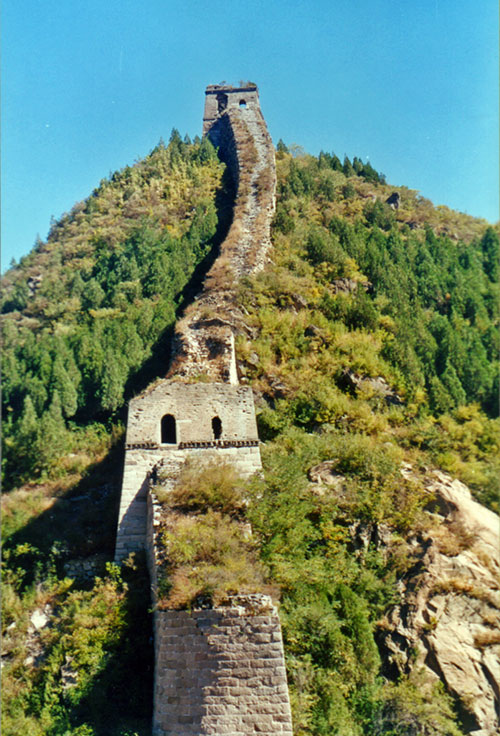
Huanghua Cheng 黄花城 Walking the Wild Wall: 2001. We are picked up at 7.30 sharp by Sue Lin in his shiny black car and leave Beijing via a four-lane road, lined with old trees. The road looks innocent and pleasant enough, but apparently people get killed here everyday. Although Sue Lin is a good driver, we ourselves experience a couple of near misses, due to the crazy manoeuvres of other vehicles.

It’s supposed to be only 60 kilometres to the village, but it takes us more than two hours. We have to stop and ask for directions a couple of times and once we even have to backtrack a bit. We don’t mind at all, because the scenery is absolutely gorgeous; we are surrounded by those dark, rolling mountains that I remember from my first visit to the Wall, so many years ago.

In fact, our route takes us quite close to Mutianyu. From time to time we can actually see crumbly bits of the Wall, running along the tops of the hills. At the foot of the mountains there are fields of corn, wheat and beans, and small villages. There is a busy traffic of donkeys and carts because this is September and the harvest is in full swing. We are in the middle of the real, rural China, we have seen so little of on this trip, and so close to Beijing as well!

Our journey ends at the refreshment stall of an incredible old lady who whips out a copy of ‘Lonely Planet’ and explains all the pros and cons of the two possible routes. She proudly shows us her collection of photos, taken by and with foreign visitors.

Apart from selling drinks, snacks and film, she also keeps the most amazing toilet: it’s a concrete box, open to the air and entirely without doors, so that you have to climb over the wall to get in, or out. Most importantly, it’s clean, airy and quite pleasant.

The views from here are stunning: there is a very steep piece of Wall right in front of us, and a reservoir on the other side. Something that looks like a Continue reading “Huanghua Cheng 黄花城 Walking the Wild Wall: 2001”
Wine seller in the old Kunming 昆明 suburb of Guandu 官渡.
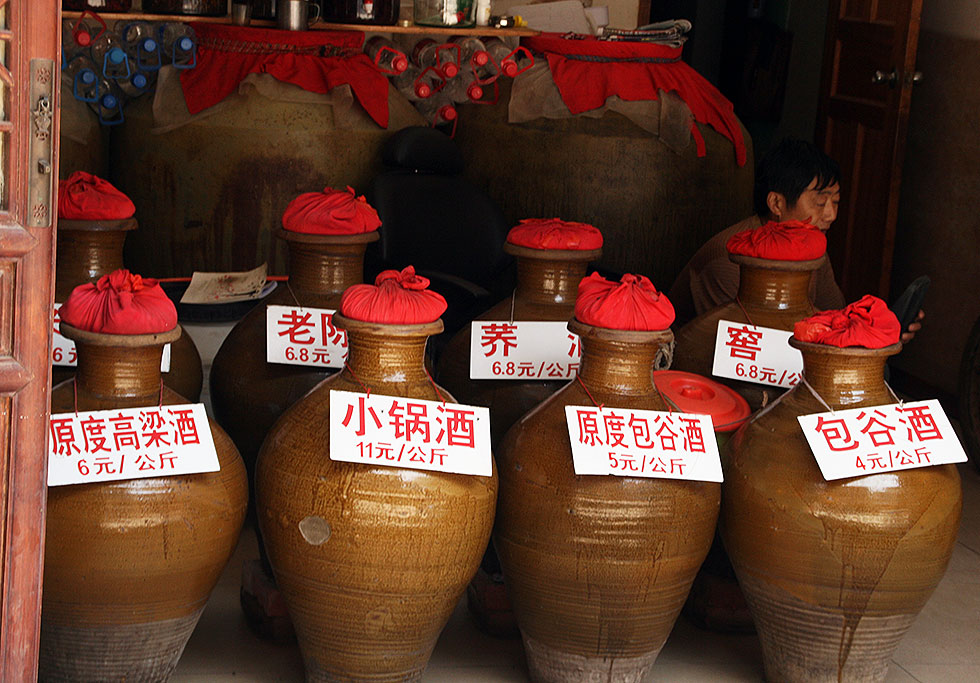
This Photo was taken in Yuanyang Market 元阳市场 Yunnan Province 云南省 in 2006.
It shows a women from the Hani minority 哈尼族 knitting while waiting to sell peanuts
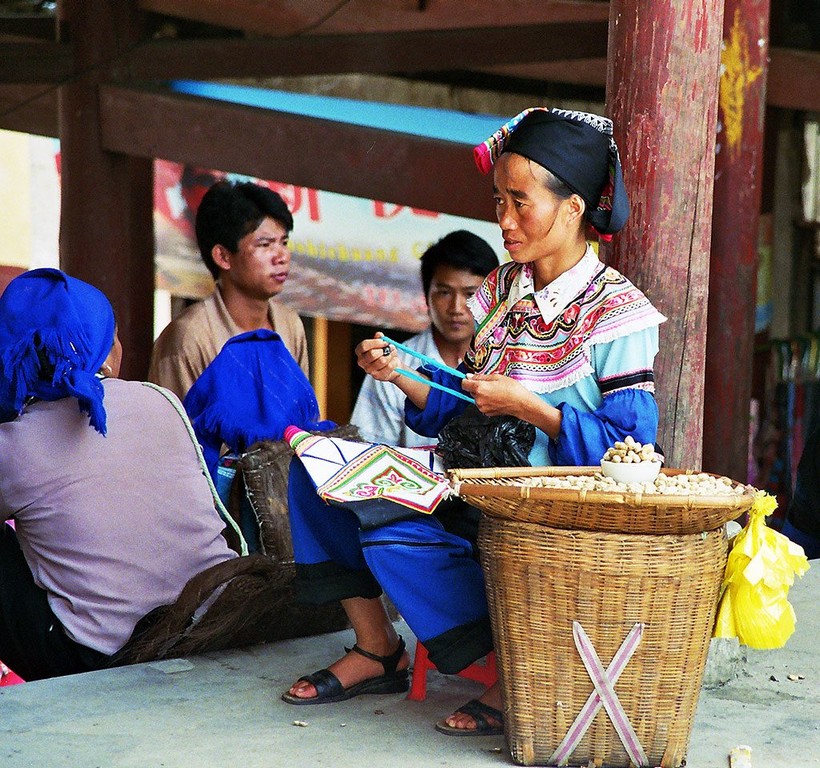
Old and New in Litang. This photo was taken in 2004 on the road from Litang 理塘 in Sichuan Province to Batang on the border with Tibet.

The photo is a harbringer of the changes that were about to come to this area of Sichuan. In the photo there are traditonal Tibetan nomads herding their Yaks. Behind them a brand new car that was about to drive them off the road.



Fanjingshan Guizhou Province is a place we have wanted to visit for a long time. Fanjingshan is a sacred mountain in Guizhou province on the border with Hunan province. Unfortunately, we never had the time when we were in Guizhou. Last summer one of my students, Maria Vioque and her partner, visited and climbed Fanjingshan and here is their review and photos.

Fanjingshan National Nature Reserve is a UNESCO designated World Heritage Site and Biosphere Reserve. According to the Chinese Tourism rating system for places of interest in China, this sacred mountain for Chinese Buddhism has an AAAAA rating (the highest score).

Just climbing up the infinite steps and walking through the lush green forest was an experience in itself. However, better to get some tips in advance if you want to enjoy this unforgettable spiritual experience properly.
On Arrival:
On arrival, it is necessary to buy two tickets to get into the Fanjingshan Nature Reserve. One ticket to enter the park and another one for the shuttle bus (approx 100 CNY both) to the entrance.
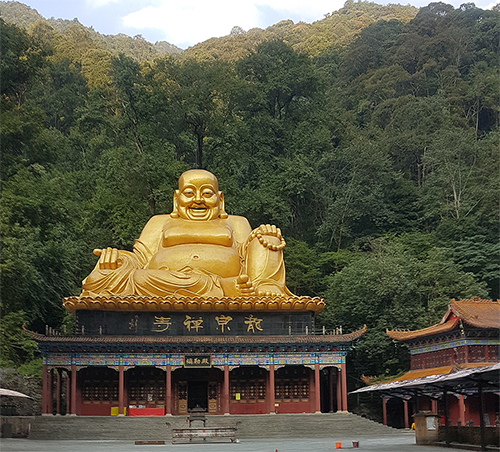
It’s easy to feel dizzy and a little carsick on the shuttle bus as it wizzes up the narrow zigzagging road with hairpin bends. The landscape is amazing and the delightful river flowing by the side of the road makes the discomfort all worthwhile.
A few meters from the main gates, there is a stone dragon fountain in the river and a building with a big golden Buddha on the roof. We started our ascent by taking the stone steps, all 8,888 of them. It took five hours to reach the summit; which is the equivalent of climbing all the stairs of a 460-floor-building.

There is a cable car option for the lazy ones or those in a hurry. It takes 7 minutes to get to the closest point to the peaks. After that there are some more steps.

However, the path winding up the mountain was gorgeous, full of nature, fresh air and stunning views. There are endemic species such as the rare Guizhou golden monkey and lots of colorful insects and birds. You’d be very fortunate to catch a glimpse of the elusive monkeys because they are shy and keep well away from humans.

The infrastructure and facilities along the way are very good.
There are some toilets and more important: locals selling energy drinks and fruit.
If you are feeling lazy and can’t handle the challenge, you can be carried up to the top on a chair by some porters. Like the emperors of old.

After several arduous hours of hiking up the precipitous steps, the temples on the top of the mountain come into view and the goal is within reach.

Then came the anti-climax. Despite having set off very early with the hope of beating the crowds, by the time we reached the summit it was already overcrowded and full of local tourists.
We somewhat regretted not having taken the cable car in order to have reached the peak sooner. However, the amazing climb up the paths and through the gorgeous forest more than compensated for the slight disappointment of having to share the final experience with so many people.

The Chinese have a great saying for this moment when the whole of China’s enormous population seem to converge on one place at the same time. The saying is Ren Shan Ren Hai 人山人海, which translates as “people on the mountains, people in the sea”。

The views from the top are stunning! There are strange rock formations and stone pillars made by stratus and the peak is crowned by three temples. In the middle there are some famous rock formations from where you can enjoy a magnificent overall view. We decided to climb to the highest temple, on the right. The path is beautiful and slightly dangerous, with very steep steps, a slippery surface and vertical drops. It was a whole new experience walking along those small paths and being treated to those spectacular views from the summit.

To get to Fanjingshan, we took a class-G-train from Guiyangbei (Guiyang North Station) to Tongrennan (it costs 122,50 CNY). Once there, we took a van from the train station to Jiangkou, a city full of neon lights and very comfortable to spend a night.

There were nice restaurants in the city center and lots of convenience stores where you could buy a piece of fruit, water or nuts. Early the next morning, we bought some baozi and soy milk for breakfast and we called for a ride by Didi app (which is similar to Uber). A couple of minutes later a driver picked us up and drove us to Fanjingshan. Getting there doesn’t take long: It is possible to go by taxi (100 CNY approx). You can take a bus if you don´t mind arriving a bit later in the day. I wouldn’t recommended arriving after 12 pm in August as the place is packed and there are endless queues.